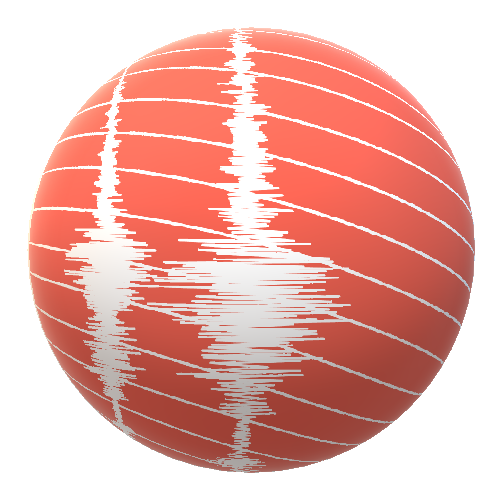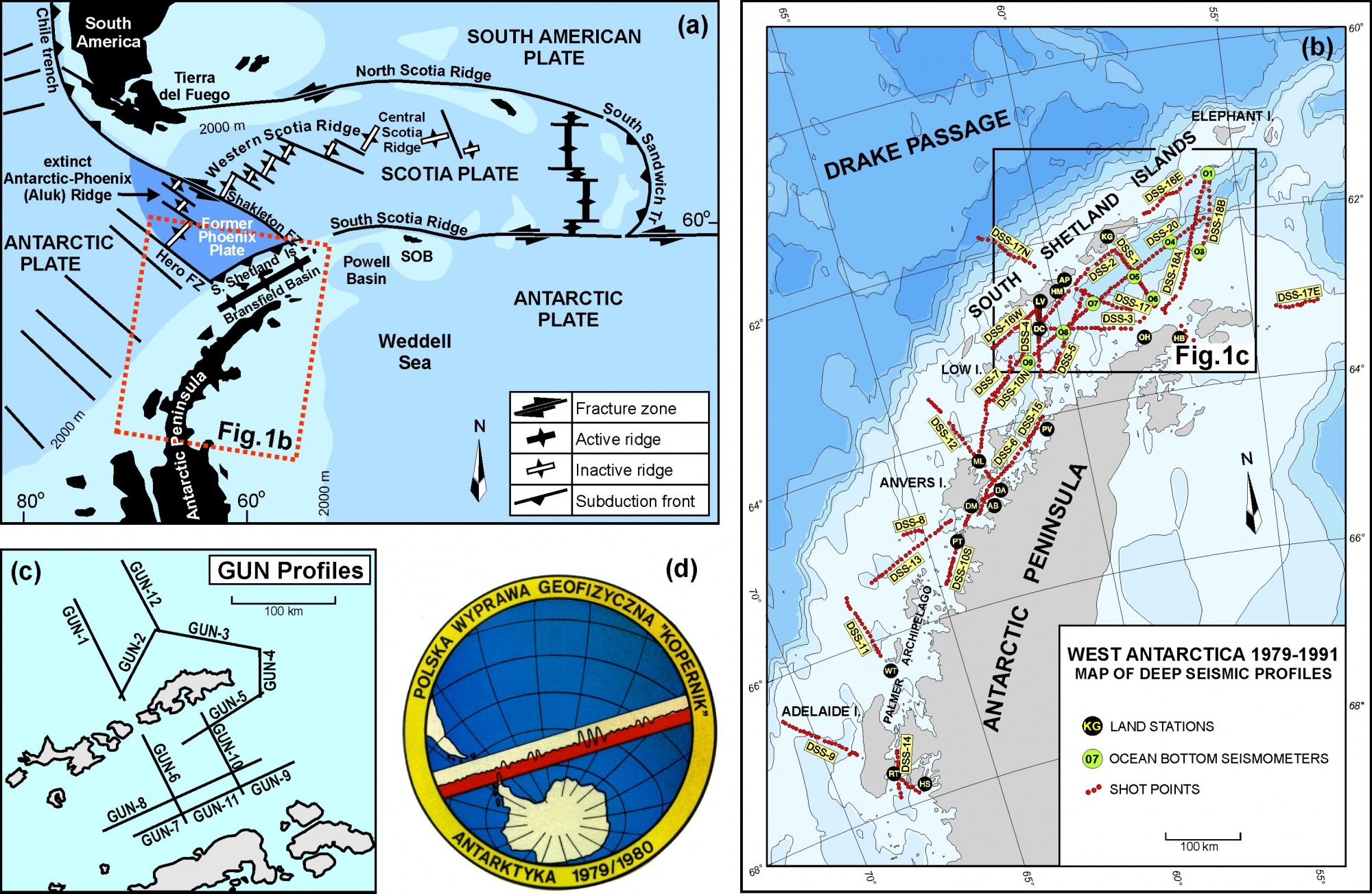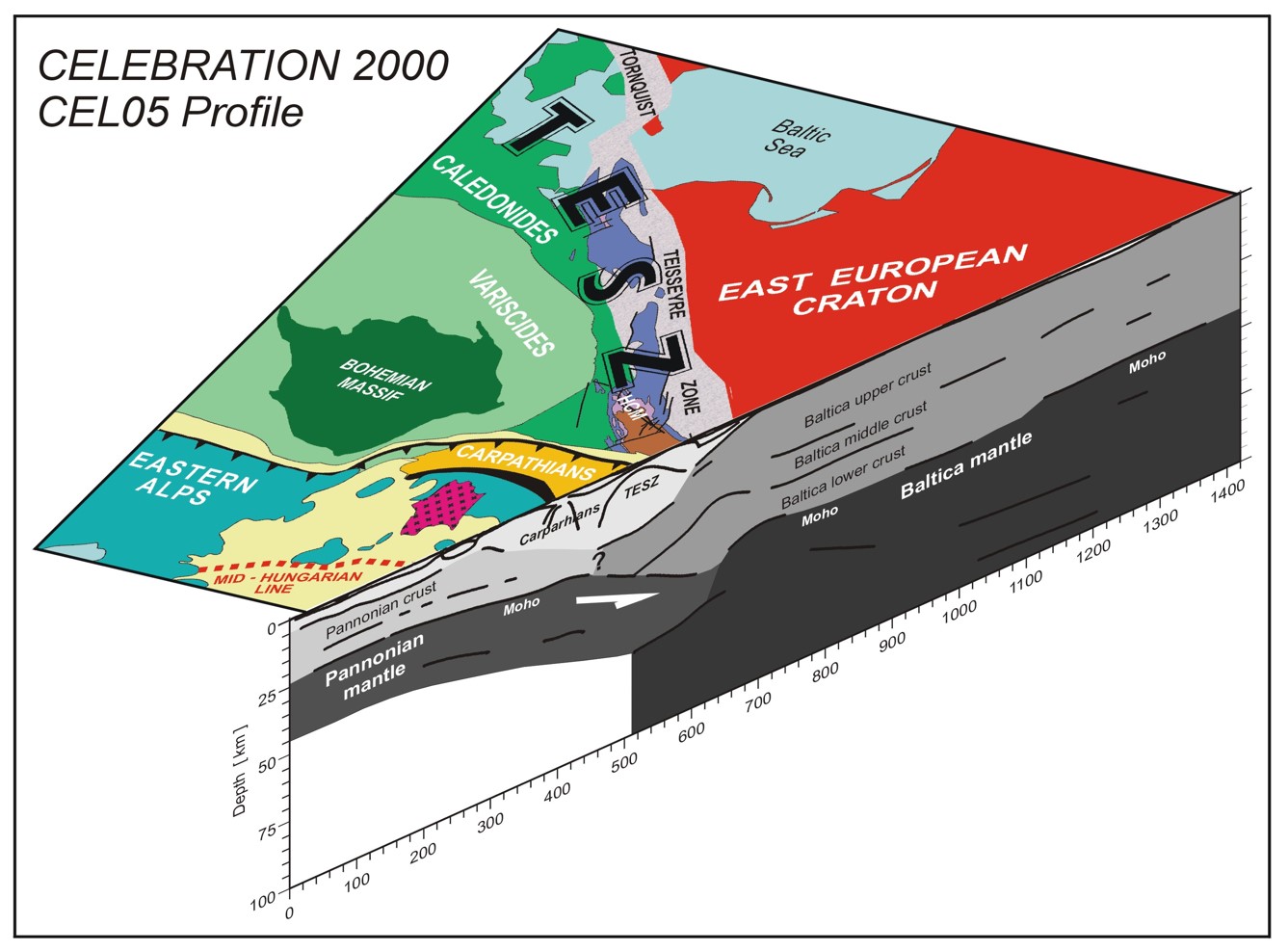| Lithospheric Research Infrastructure Center - CIBSBL |  |
|
|
|
|
Entity responsible: Institute of Geophysics PAS (IG PAS) Department of Lithospheric Research Entities implementing: Institute of Geophysics PAS (IG PAS) |
The aim of the task is to create a modern database of seismic records and interpretations of results from projects of deep seismic research, collected since 1983, as well as contemporary ones. The database will contain seismic data recorded by land seismic field stations and oceanic bottom seismometers (OBS) along with versions of processed data and interpretation results. These data will be able to be available via Internet to a wide range of users. It is planned to supplement the functionality of the database with the possibility of creating visualizations.
|
|
Studies of deep Earth’s crust structure using seismic methods were undertaken at the Institute of Geophysics of the Polish Academy of Sciences from the 1960s. A series of modern international seismic experiments with digital data records the research team has begun from 1983. In the years 1997-2003 a great program of seismic studies of deep Earth’s crust and the lower lithosphere structure in Central Europe was carried out, mainly in Poland (projects: POLONAISE'97, CELEBRATION 2000, SUDETES 2003, GRUNDY 2003). Since 1995 we have carried out measurements on the system of deep seismic sounding profiles (DSS) in cooperation with colleagues from Lithuania, Belarus, Ukraine, Hungary and Romania,. All major geological structures of Central and Eastern Europe between the Baltic, the Adriatic and the Black Seas have been covered by the system of the most modern seismic profiles, with a total length of over 25000 km.
|
It is one of the largest DSS database in Europe and in the world. The Department of Seismic Lithospheric Research currently has sets of 150 short-term and 10 broadband land seismic stations and 4 broadband oceanic bottom seismometers (OBS) for field research.




 We have also data from a network of several thousand km of DSS profiles made during our research in Finland, the Baltic Sea, Svalbard region in the Arctic and West Antarctica.
We have also data from a network of several thousand km of DSS profiles made during our research in Finland, the Baltic Sea, Svalbard region in the Arctic and West Antarctica.


